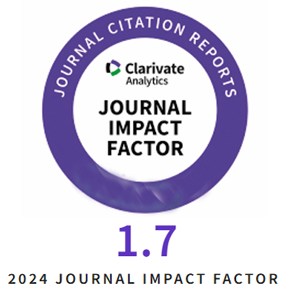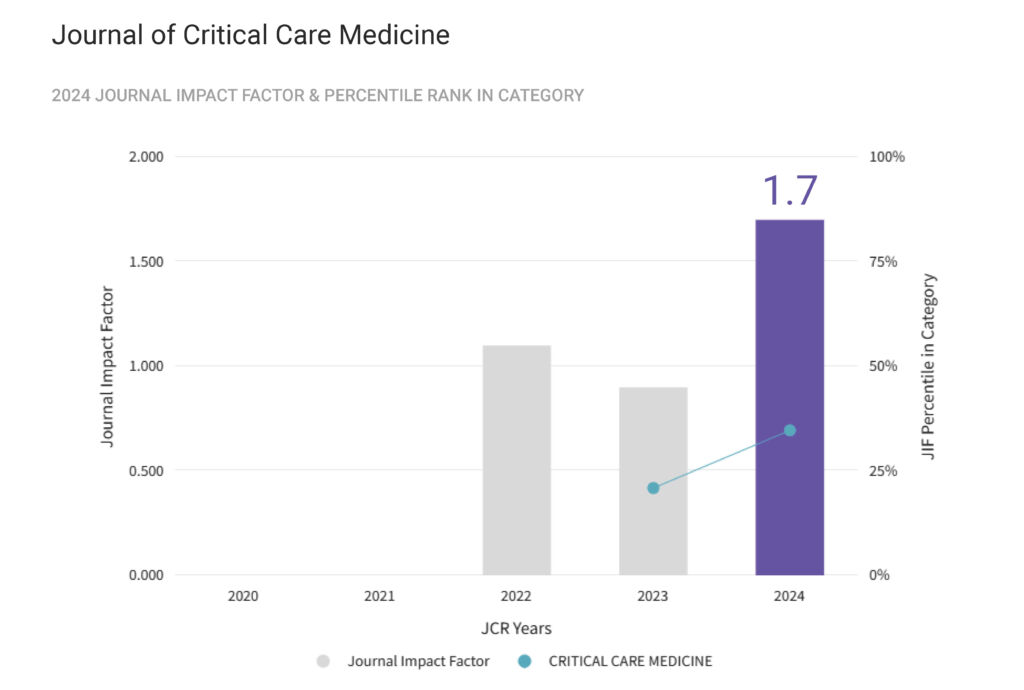Objective: Nurses in closed hospital wards, such as Intensive Care and isolation units, play a pivotal role in identifying potential donors and supporting families during sensitive decision-making moments. However, gaps in knowledge or negative attitudes among nurses can hinder donation efforts. This study aims to explore the knowledge and attitudes of closed-ward nurses regarding organ donation and transplantation, providing insights to enhance education, advocacy, and clinical practices in these critical settings.
Methods: Modern analysis was performed on the data collected from questionnaires distributed to nurses of … General Hospital. The study involved 108 nurses. The questionnaire used to collect the data was provided by the Department of Social Work of the … University and distributed in electronic form to hospital nurses.
Results: After analyzing the nurses’ responses, it emerged that 85.19% of nurses are positive about the idea of organ donation and declare themselves willing to become donors, motivated by their will to really help their fellow human beings. In contrast, 5.56% said they would not be willing to donate. The main cause of their refusal seems to be fear and the prejudices they have, but also the fact that there is no trust in the organizations responsible for transplants. Finally, regarding the knowledge of the nurses who participated in the survey, the average knowledge score on the scale 0-100 is 72.
Conclusions: There is a clear need for specialized training for nurses managing organ donation. The emotional burden and responsibilities they face are significant. Enhanced training supports their well-being and ensures a more compassionate, efficient process for donors and families, ultimately improving the experience for all involved.
Tag Archives: organ donation
Brain Death in Children: Incidence, Donation Rates, and the Occurrence of Central Diabetes Insipidus
Introduction: Brain death is currently defined as the loss of full brain function including the brainstem. The diagnosis and its subsequent management in the pediatric population are still controversial. The aim of this study was to define the demographic characteristics, clinical features and outcomes of patients with brain death and determine the incidence of brain death, donation rates and occurrence of central diabetes insipidus accompanying brain death in children.
Methods: This retrospective study was conducted at a twelve-bed tertiary-care combined medical and surgical pediatric intensive care unit of the Ondokuz Mayıs University Medical School, Samsun, Turkey. In 37 of 341 deaths (10.8%), a diagnosis of brain death was identified. The primary insult causing brain death was post-cardiorespiratory arrest in 8 (21.6%), head trauma in 8 (21.6%), and drowning in 4 (18.9%). In all patients, transcranial Doppler ultrasound was utilised as an ancillary test and test was repeated until it was consistent with brain death.
Results: In 33 (89%) patients, central diabetes insipidus was determined at or near the time brain death was confirmed. The four patients not diagnosed with CDI had acute renal failure, and renal replacement treatment was carried out. The consent rate for organ donation was 18.9%, and 16.7% of potential donors proceeded to actual donation
Conclusion: In the current study the consent rate for organ donation is relatively low compared to the rest of the world. The prevalence of central diabetes insipidus in this pedaitric brain death population is higher than reports in the literature, and acute renal failure accounted for the lack of central diabetes insipidus in four patients with brain death. Further studies are needed to explain normouria in brain-dead patients.










